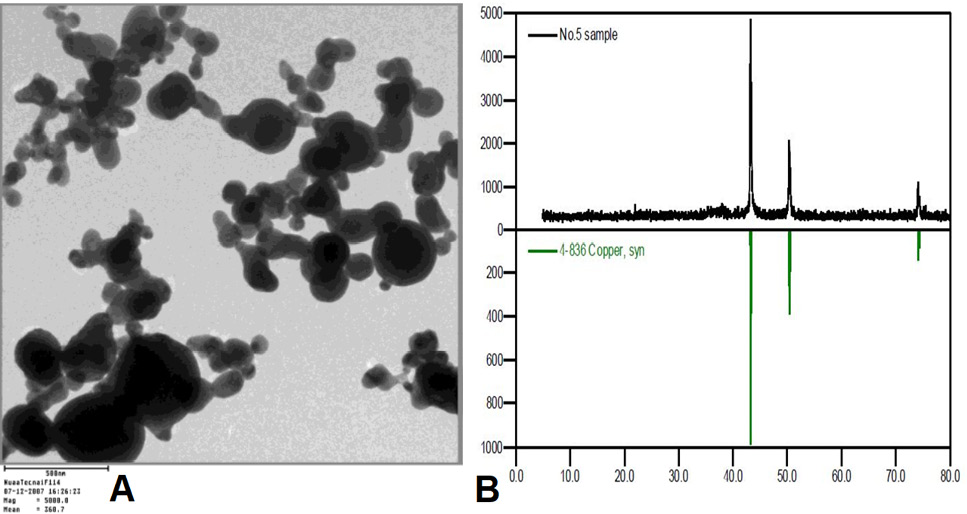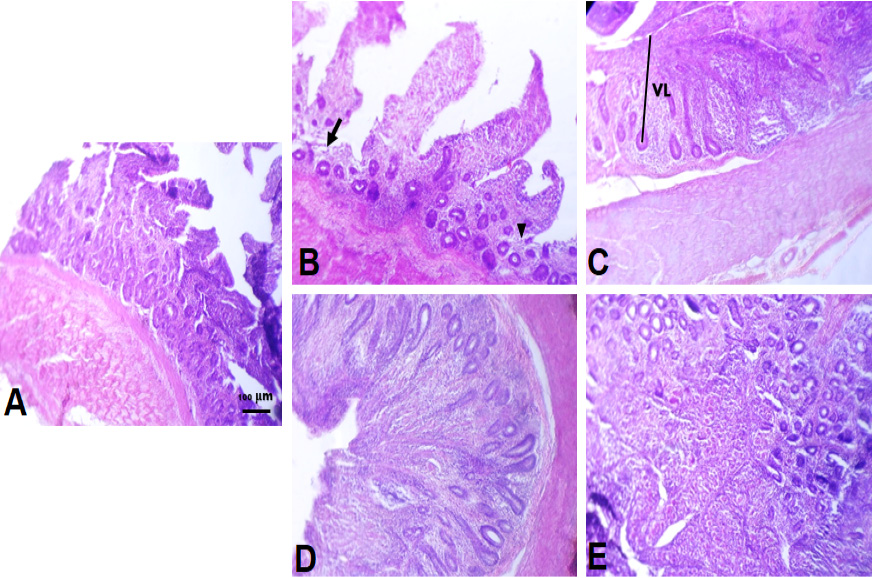The Impact of Alternative Dietary Replacement of Inorganic Copper Salt with Organic and Nano Form on Productive Performance and Egg Quality Characteristics of Laying Hens
The Impact of Alternative Dietary Replacement of Inorganic Copper Salt with Organic and Nano Form on Productive Performance and Egg Quality Characteristics of Laying Hens
Mohamed I. El-Katcha1, Mosaad A. Soltan1, Seham M. El-Kassas2*, Mahmoud M. Arafa3, El-Sayed R. Kawarei 3, Karima M. El-Naggar1*
Characteristics of CuO-NPs. A, represents the TEM images of the synthesized CuO particles with average size of the observed particles is ~ 50 nm. B, shows CuO-NPs powder XRD pattern.











